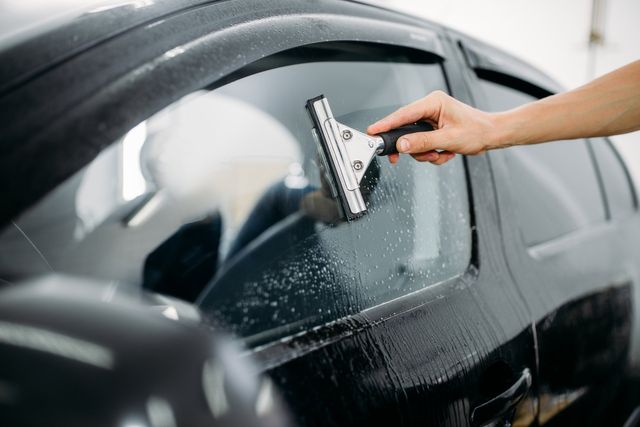Best Ignition Switch Lubricant

If you’re having trouble turning your ignition key, then it may be time to lube up your ignition switch. But what’s the best lubricant for ignition switches? There are a lot of options out there, and you want to make sure you choose one that will work well with your car and not ruin anything else in the process.
There are lots of different types of lubricants out there – from wet and dry lubes, to Teflon and graphite lubricants – with different pros and cons. For example, grease, WD-40 and the like are great for stopping squeaks but will attract dust and grime over time and may end up gumming up your pins in the lock cylinder. On the other hand, some graphite products have a warning – they are not to be used in electrically actuated ignition switches due to the conduction properties of graphite. Whatever your preference is, the most important thing is to not mix car ignition lubricants as this can gunk things up in your ignition lock cylinder.
So, if you aren’t sure which to use, here are some clear favorites among professional locksmiths;-
Houdini Lock Lube
This dry lube works on all sorts of electric locks and is a safe ignition switch lubricant. It is not thick like lithium grease – it is more of an oil that is sprayed into the lock. It quickly penetrates tight spaces bringing back smooth operation, free of the sticking and key jamming that can plague locks. Spray the key slot and work the key over and over again. The ignition lock lubricant comes in an 11oz aerosol can that you can easily slip into your glove box or toolbox for quick access when you need it. Houdini ignition lubricant comes highly recommended by locksmiths.
Read also: Best lubricants for your car locks, hinges, and latches
Tri-flow ignition key lubricant
This synthetic lubricant with Teflon (P.T.F.E.) is often recommended by locksmiths for lubricating stubborn locks and ignitions. The 6oz bottle features a convenient straw and drip bottle application, which allow for deep penetration into hard-to-reach moving parts to soften up dirt and contaminants. It also provides a long-lasting film that greatly reduces friction between moving parts within the lock cylinder itself. And, it inhibits corrosion build-up on those parts so that they continue to work smoothly for a long time.
To lubricate ignition lock cylinders, simply squeeze a couple of drops of Tri-Flow on your lock mechanism, and work your key – it gets progressively easier each time!
RC Dry PTFE Lube for ignition switch
This dry Teflon lubricant goes on wet and then dries up, so it doesn’t attract dirt like most oil-based lubricants. Specially formulated solvents soften and remove dirt that’s causing your ignition to seize, while the lube offers a protective layer that prevents rusting and other wear-and-tear that can damage the ignition lock over time. Comes in a 10oz can.
How To Lubricate Car Ignition Switch
Ignition switches may become stiff and difficult to turn over time. Luckily, a little lubrication can fix this.
Step 1: First, check the key itself — make sure it’s clean, and inserts into the ignition smoothly.
Step 2: Now lightly coat the key with any of the above ignition cylinder lubricants.
Step 3: Next, spray the lock cylinder with the lubricant as well.
Step 4. Insert your key and try to turn it from left to right — it’ll likely stick or jam up initially. Keep trying, working the key back and forth, until there’s a dramatic reduction in friction.









